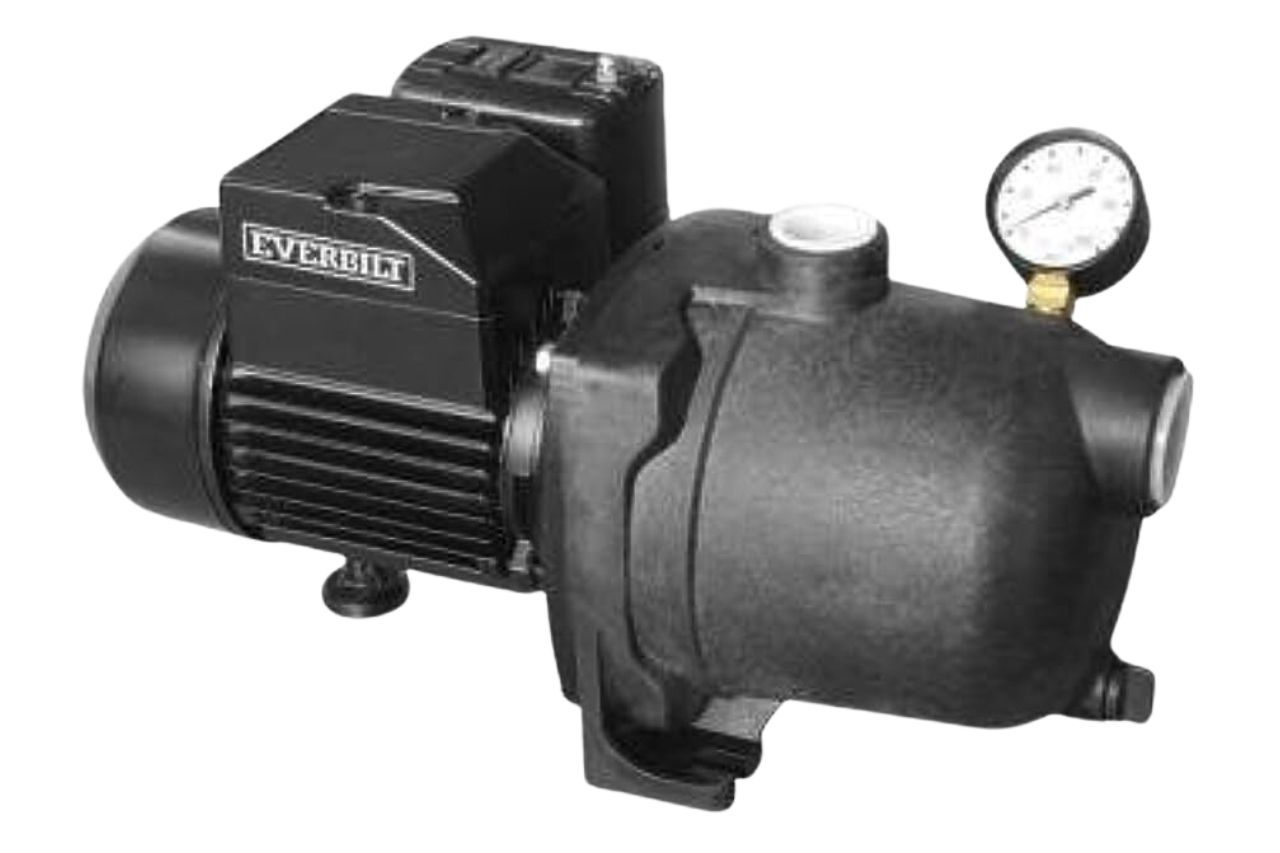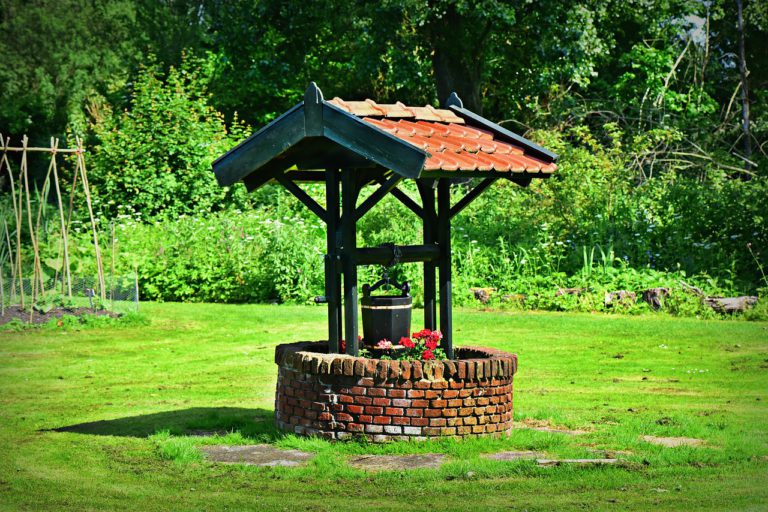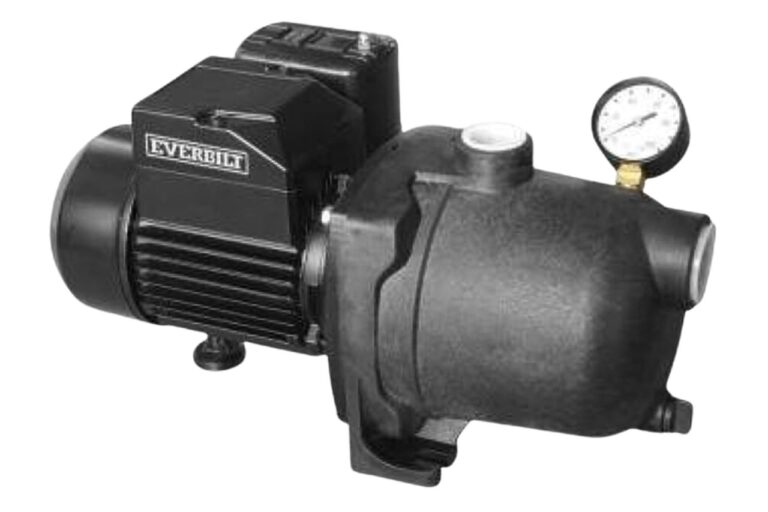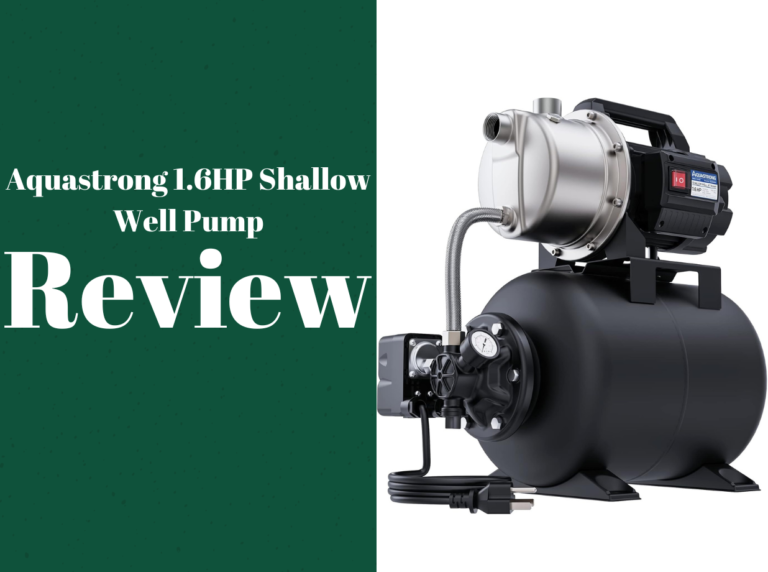Choosing the Right Jet Well Pump for Your Water System
Jet well pumps are centrifugal pumps used in shallow wells less than 25 feet deep. They draw water through a suction pipe and push it out through a discharge pipe using an impeller. There are two types: shallow well pumps for wells up to 25 feet deep and deep well pumps for wells up to 110 feet deep. They are powered by electricity and controlled by a pressure switch for efficient operation. Regular maintenance is essential, and troubleshooting common issues is necessary. Jet well pumps offer an affordable and reliable solution for supplying water to properties.
What is covered:
- Jet well pumps are centrifugal pumps for shallow wells (<25 feet deep) using an impeller to move water through a pipe.
- Two types available: shallow well jet pumps (up to 25 feet deep) and deep well jet pumps (up to 110 feet deep).
- Jet well pumps are powered by electricity and controlled by a pressure switch for efficiency and preventing continuous operation.
- Regular maintenance is crucial for optimal performance, and troubleshooting common issues is necessary.
How Jet Well Pumps Work
Jet well pumps are a type of centrifugal pump that uses an impeller to create pressure and move water through a pipe. They are designed to be used in shallow wells less than 25 feet deep, and they work by drawing water up through a suction pipe and into the pump. The impeller then spins the water around, creating pressure that pushes it up through a discharge pipe and into your home or property.
There are two types of jet well pumps: shallow well jet pumps and deep well jet pumps. Shallow well jet pumps are designed to be used in wells less than 25 feet deep, while deep well jet pumps can be used in wells up to 110 feet deep. Both types of pumps use a jet assembly to create suction and draw water up from the well.
Jet well pumps are powered by electricity and can be controlled by a pressure switch. The pressure switch monitors the water pressure in the system and turns the pump on and off as needed to maintain a constant pressure. This helps to prevent the pump from running continuously and reduces wear and tear on the system.
Types of Jet Well Pumps
As mentioned, there are two main types of jet well pumps: shallow well jet pumps and deep well jet pumps. Shallow well jet pumps are designed for use in wells less than 25 feet deep and typically have a single pipe connection. They are easy to install and maintain and are a popular choice for homeowners.
Deep well jet pumps, on the other hand, are designed for use in wells up to 110 feet deep and typically have two pipe connections. The first pipe is used for suction and is connected to the jet assembly, while the second pipe is used for discharge and is connected to the impeller. Deep well jet pumps are more complex than shallow well jet pumps and require additional installation and maintenance.
Another type of jet well pump is the convertible jet pump. Convertible jet pumps can be used as either a shallow well pump or a deep well pump, depending on the placement of the jet assembly. They offer versatility and flexibility for homeowners who may have varying well depths.
Advantages of Jet Well Pumps
Jet well pumps offer several advantages over other types of well pumps. For one, they are relatively inexpensive and easy to install, making them a popular choice for homeowners. They also offer good water pressure and flow rates, which is important for households that require a high volume of water.
Another advantage of jet well pumps is that they can be used in a wide range of well depths. Shallow well jet pumps can be used in wells less than 25 feet deep, while deep well jet pumps can be used in wells up to 110 feet deep. This makes them a versatile choice for homeowners with varying well depths.
Overall, jet well pumps are a reliable and efficient way to draw water from a well and supply it to your home or property.
Factors to Consider When Choosing a Jet Well Pump
When choosing a jet well pump, there are several factors to consider. These include the well depth, the water demand of your household, and the type of jet well pump that will best suit your needs.
The first factor to consider is the well depth. Shallow well jet pumps are designed for use in wells less than 25 feet deep, while deep well jet pumps can be used in wells up to 110 feet deep. It’s important to choose a pump that is designed for the depth of your well, as using the wrong type of pump can result in poor performance and premature failure.
The second factor to consider is the water demand of your household. This includes the number of people in your household, the number of bathrooms, and any appliances that require water, such as washing machines or dishwashers. You’ll want to choose a pump that can meet the water demand of your household without overworking the system.
Finally, you’ll want to consider the type of jet well pump that will best suit your needs. Shallow well jet pumps are easy to install and maintain and are a popular choice for homeowners. Deep well jet pumps are more complex and require additional installation and maintenance, but they are suitable for wells up to 110 feet deep. Convertible jet pumps offer versatility and flexibility for homeowners with varying well depths.
Sizing Your Jet Well Pump
Once you’ve chosen the type of jet well pump that will best suit your needs, it’s important to size the pump correctly. Choosing the right size pump will ensure that it can meet the water demand of your household without overworking the system.
To size your jet well pump, you’ll need to calculate the total dynamic head (TDH) of your system. TDH is the total resistance to flow in your system and includes factors such as friction losses in the pipe, elevation changes, and the pressure requirements of any appliances.
Once you’ve calculated the TDH, you can choose a pump that can meet the flow rate and pressure requirements of your system. It’s important to choose a pump that is rated for the correct flow rate and pressure, as using an undersized pump can result in poor performance and premature failure.
Installing Your Jet Well Pump
Installing a jet well pump can be a relatively simple process, but it’s important to follow the manufacturer’s instructions and local codes and regulations. Here is a general overview of the installation process:
1. Choose a suitable location for the pump and pressure tank.
2. Install the suction pipe and foot valve in the well.
3. Install the jet assembly and discharge pipe.
4. Install the pressure tank and pressure switch.
5. Connect the electrical wiring and turn on the power.
It’s important to ensure that all connections are tight and leak-free, and that the pump is properly primed before use.
Maintaining Your Jet Well Pump
Maintaining your jet well pump is essential for ensuring its long-term performance and reliability. Here are some tips for maintaining your pump:
1. Check the pressure switch and pressure tank regularly to ensure proper operation.
2. Check the suction pipe and foot valve for leaks and debris.
3. Check the impeller and volute for wear and damage.
4. Replace any worn or damaged parts as needed.
5. Have your pump serviced by a professional every 1-2 years.
Regular maintenance can help to prevent costly repairs and extend the life of your pump.
Troubleshooting Common Jet Well Pump Issues
Despite proper maintenance, jet well pumps can experience issues from time to time. Here are some common issues and their possible causes:
1. Low water pressure – caused by a clogged or dirty filter, a malfunctioning pressure switch, or a damaged impeller.
2. Short cycling – caused by a malfunctioning pressure switch or a leak in the system.
3. No water flow – caused by a damaged impeller, a broken suction pipe, or a clogged foot valve.
4. Excessive noise – caused by a loose or damaged impeller, a worn or damaged motor, or air in the system.
If you experience any of these issues, it’s important to troubleshoot the problem and address it as soon as possible to prevent further damage to the system.
Frequently Asked Questions
Below are frequently asked questions about jet well pumps:
How long do jet well pumps last?
Jet well pumps can last anywhere from 5 to 15 years, depending on usage and maintenance.
How do I know if my jet well pump needs to be replaced?
Signs that your pump may need to be replaced include low water pressure, short cycling, and excessive noise.
Can I install a jet well pump myself?
While it is possible to install a jet well pump yourself, it’s recommended that you hire a professional to ensure proper installation and compliance with local codes and regulations.
Conclusion
Jet well pumps are an essential component of any well water system. Whether you’re a new homeowner or a seasoned well pump user, understanding the basics of how they work, the different types available, and the factors to consider when purchasing one is essential. By following proper maintenance and troubleshooting tips, you can ensure your pump operates smoothly and reliably for years to come.





